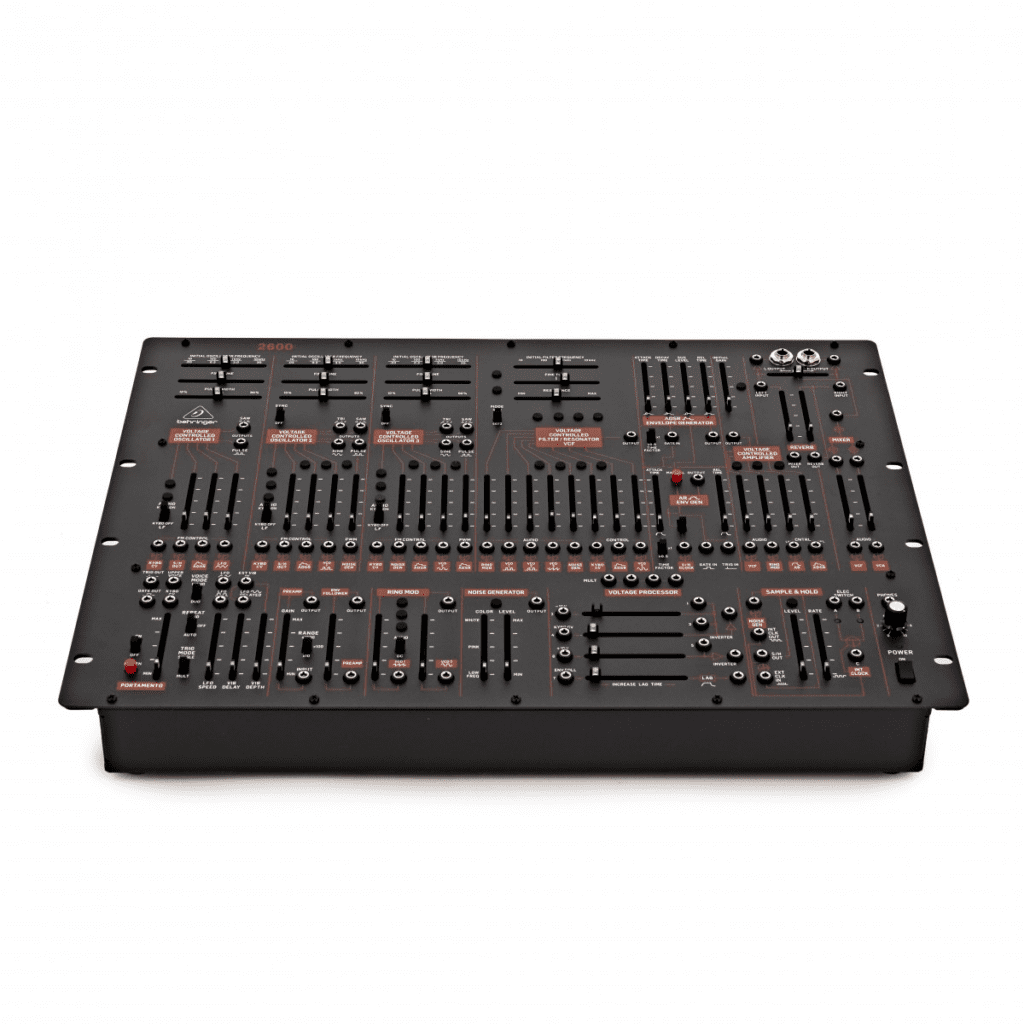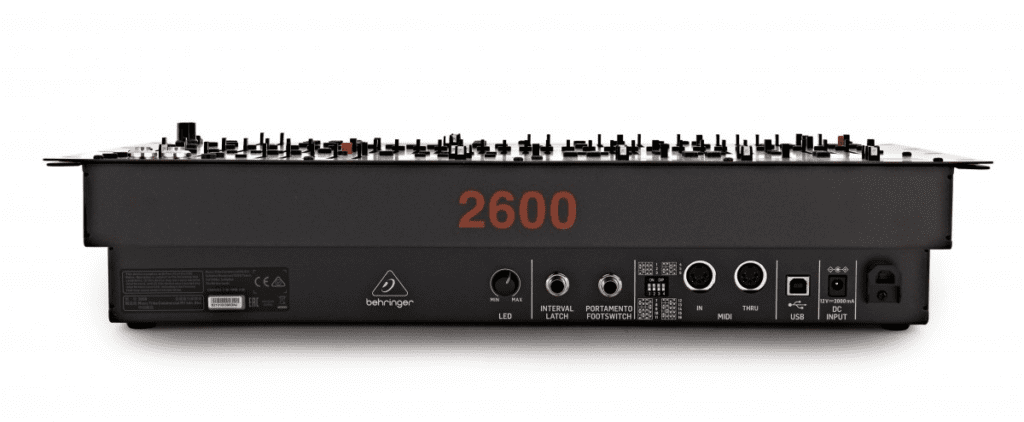Behringer 2600 A Closer Look at this Iconic Synthesizer

Behringer 2600 Review: Reviving the Analog Legend
Behringer, a brand synonymous with affordable yet high-quality musical instruments, has once again made waves with its recreation of a classic synthesizer. Known for their accessible recreations of iconic gear, Behringer’s 2600 pays homage to the legendary ARP 2600, a synth that has left an indelible mark on music history. Following the success of their Model D and Pro-1, Behringer continues to democratize classic synth sounds with this new release.
The Behringer 2600 is a semi-modular analog synthesizer that captures the essence of the original ARP 2600. It’s designed for synthesizer enthusiasts, sound designers, and musicians who crave the rich, vintage analog sounds that defined an era. The 2600 is perfect for creating everything from deep basses and soaring leads to complex soundscapes and experimental noises, making it a versatile tool for both studio and live use.
Sound Engine:
The Behringer 2600 employs pure analog subtractive synthesis, delivering the warm and rich tones characteristic of classic analog synths. The sound engine is based on three oscillators that offer an impressive range of timbres, from powerful basses to shimmering highs. The quality of the sound is authentic, capturing the nuances of the original ARP 2600’s legendary sound.
Oscillators and Waveforms:
This synthesizer features three VCOs (Voltage Controlled Oscillators), each capable of generating multiple waveforms, including sine, triangle, sawtooth, and square waves. These oscillators can be tuned and modulated to create a wide array of sounds. While the 2600 does not offer wavetable synthesis, its analog oscillators provide extensive waveform shaping capabilities, crucial for crafting dynamic and complex patches.
Filters and Modulation:
The filter section includes a resonant low-pass filter and a high-pass filter, both of which are integral to sculpting the synth’s sound. The low-pass filter can produce the iconic, creamy sweeps that analog enthusiasts adore. Modulation options are plentiful, with envelope generators, an LFO (Low-Frequency Oscillator), and ample patch points for creating intricate modulation routings. This flexibility allows for deep sound design and exploration.
Effects Processing:
The Behringer 2600 includes a built-in spring reverb, faithfully replicating the original ARP 2600’s reverb unit. This effect adds a lush, spacious quality to the sounds, enhancing their presence and depth. While the reverb is the only built-in effect, its quality and character significantly contribute to the overall sonic experience.
Polyphony and Voice Modes:
The 2600 is monophonic, focusing on delivering powerful single-voice performances. This limitation is typical for classic analog synthesizers, emphasizing the quality and depth of each note rather than polyphonic capabilities. It does not support multitimbral operation, maintaining its dedication to authentic monophonic synthesis.
Keyboard and Controls:
While the Behringer 2600 does not include an integrated keyboard, it offers a robust control interface with sliders, knobs, and patch points, staying true to the semi-modular design. Users can connect an external MIDI controller or keyboard to play the synth. The layout is intuitive, with clear labeling and a logical arrangement that facilitates both traditional and experimental sound design.
Sequencing and Arpeggiation:
The 2600 does not feature a built-in sequencer or arpeggiator, relying instead on its extensive modulation capabilities and external sequencing options. Users can easily integrate it with external sequencers to create complex sequences and arpeggios, leveraging the synthesizer’s rich analog sound.
Build Quality and Durability:
Behringer has constructed the 2600 with durability in mind. The robust metal chassis ensures it can withstand the rigors of both studio and live environments. The high-quality components and solid build reflect Behringer’s commitment to creating reliable instruments that stand the test of time.
Connectivity and Power Base:

Connectivity options are comprehensive, including MIDI In/Out/Thru, USB, and CV/Gate inputs and outputs. These connections allow for seamless integration with other gear, whether you’re using modern MIDI controllers or vintage analog setups. The 2600 is powered by an external power supply, ensuring stable performance.
Pros:
- Authentic analog sound with rich, warm tones
- Extensive modulation options
- High-quality built-in spring reverb
- Robust build quality
- Comprehensive connectivity
Cons:
- Monophonic, no polyphony
- Lacks built-in sequencer and arpeggiator
- No integrated keyboard
Conclusion:
The Behringer 2600 is a remarkable tribute to a classic synthesizer, delivering authentic analog sound and extensive modulation capabilities at an accessible price point. Its robust build and versatile connectivity make it suitable for both studio and live performance. While it lacks polyphony and built-in sequencing, the 2600 excels in providing a powerful and immersive monophonic synthesis experience. For those seeking the iconic sounds of the ARP 2600 without breaking the bank, the Behringer 2600 is an excellent choice.
Get The Behringer 2600 Here!
(Note: This review contains affiliate links. If you make a purchase through these links, we may earn a small commission at no additional cost to you.)
Share this post!
